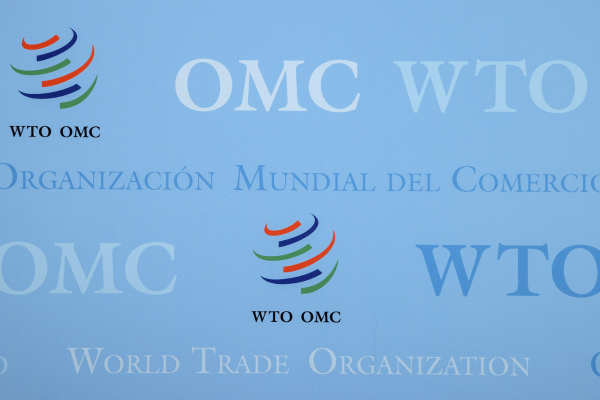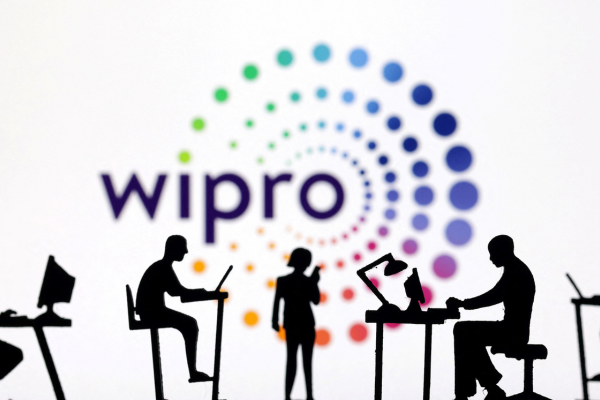FinTechTalk: The future of LendTech in driving successful outcomes
On 24 September 2024, FinTechTalk host Charles Orton-Jones was joined by Suzanne Homewood, Managing Director, Moneyhub; Stuart Sykes, MD / Founder, Midas Advisory Services; Michael Allison, Commercial Director, Roma Finance; and Wesley Brooks, Director Global Business Development, Madiston.
Manual processes and automation
Mastercard’s recent upgrade to its ‘Open Banking for Lending’ program is more than just a technological advancement – it’s a recognition that the financial landscape is shifting toward a more inclusive and data-driven approach. As a result, the outdated methods of income and employment verification, which have long relied on manual processes, are rapidly becoming obsolete. While the property world is a bit behind the curve, its customers are expecting the level of customer service that they experience in other financial sectors.
Madiston’s aim is full automation in the lending and borrowing process and provides many tools to help organisations streamline their operations, including Open Banking. Roma bank adopted open banking soon after it was launched and, while customers didn’t know too much about it back then, they have encountered open banking in other sectors by now. Open banking can turn around near declines of borrowers by providing access to financial data.
In an ideal world, everyone would have a credit profile on a unified platform and lenders would judge credits based on that info in line with their risk appetite. Decisions are enabled with the past and current data of the borrower, which is further complemented by information gained face-to-face. Clients’ willingness to share their banking data increases when they see a clear use case. Moneyhub, for example, has a 96% acceptance rate across all its open banking providers.
Open banking can also help detect when debtors reach thresholds where the sustainability of their loan gets risky – which isn’t detectable with manual processes. In a manual scenario, 25% of time in a property sale is taken up by chasing documents. Completing processes digitally can free most of this time and helps businesses save on operational costs.
Upgrading lending technology
When deploying new financial technology, the key is to find the right balance for your company and especially for your customer base. Platforms that can integrate quickly with existing systems (e.g., CRM) will accelerate the process. It’s also key to strike the right balance between the technological and the external and internal human element.
Platforms can also make interaction with third parties such as lawyers in property, more efficient and speed up the process – for example, they can send out notifications when a document has been uploaded, so all parties are aware of it and can take their next step. There are underwriting supporting AI tools that can use open banking data to assess how a specific lending decision of the bank will impact the risk metrics.
Open banking data can be leveraged for the benefit of the business, its customers, as well as its products. At any one moment during their lending cycle, customers are going through several journeys, which need to be aligned in order to deliver a good customer experience. To start a digital transformation journey, the first step is to have an open CRM system that third parties can access and which you can add bolts to as you grow as a business. Thanks to technology, your business can upscale with the same number of staff, who, however, might need upskilling to deal with the new tech and processes.
People facing difficulties in a property sale process aren’t really helped by nudges and notifications from their lenders. What they need is information about the choices they have to get out of the difficult situation – payment holidays, changes of terms. Based on data, lenders can also educate clients regarding how their lifestyle choices– for example, gambling – can prevent them from getting a loan.
Customers also must be informed about the choices they have regarding the time they give access to their financial data – it can be a one time or a 90 day access too. Thanks to OB, lenders can also see how fast the money they’ve lent is being spent, which enables fraud detection and ensure that the money drawn is spent on what it was intended for. But OB can also help reward good behaviour. In OB, a lot of the success of processes hinges on categorisation. It’s key to good risk management that you have the best categorisation and the best insights you can pull from that data.
The panellists’ insights
- People still want the human touch, but technology must be leveraged to speed up processes.
- With OB, the creditworthiness of the client becomes an ongoing exercise rather than being limited to credit checks at onboarding as risks and opportunities are being continuously monitored.
- OB-empowered loan applications are not about interrogation but verification.
- Organisations in secure landing are more nervous about open banking.

Business Reporter Team
You may also like
Most Viewed
Winston House, 3rd Floor, Units 306-309, 2-4 Dollis Park, London, N3 1HF
23-29 Hendon Lane, London, N3 1RT
020 8349 4363
© 2024, Lyonsdown Limited. Business Reporter® is a registered trademark of Lyonsdown Ltd. VAT registration number: 830519543





